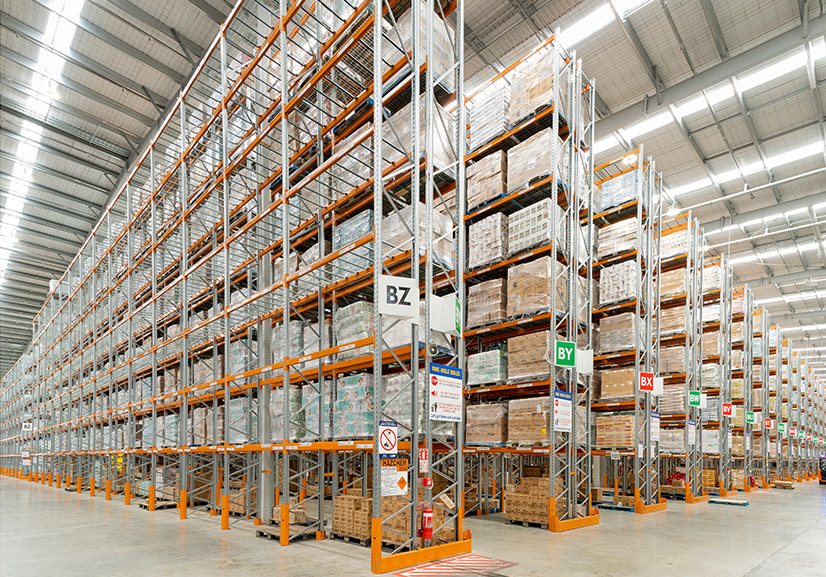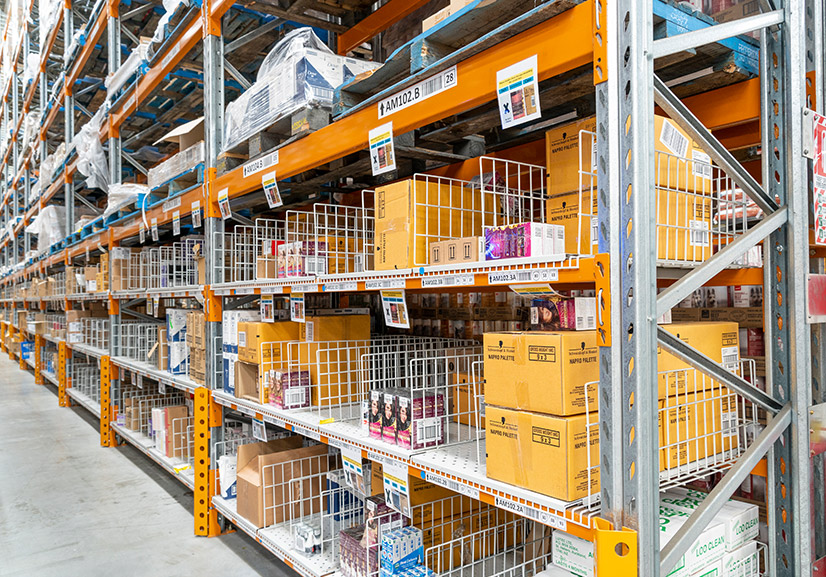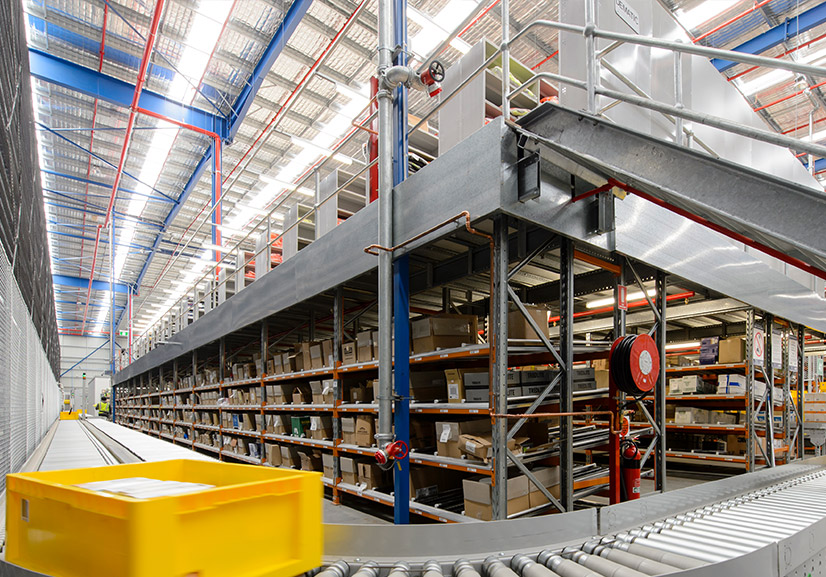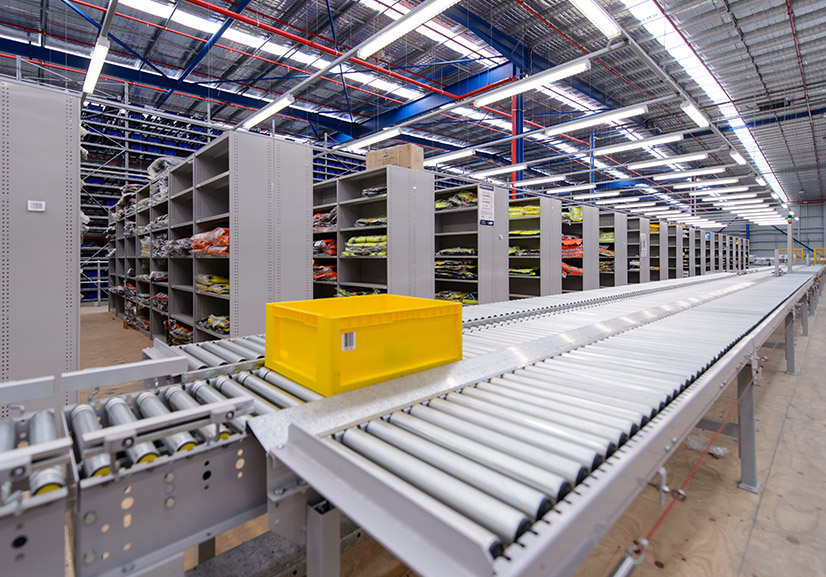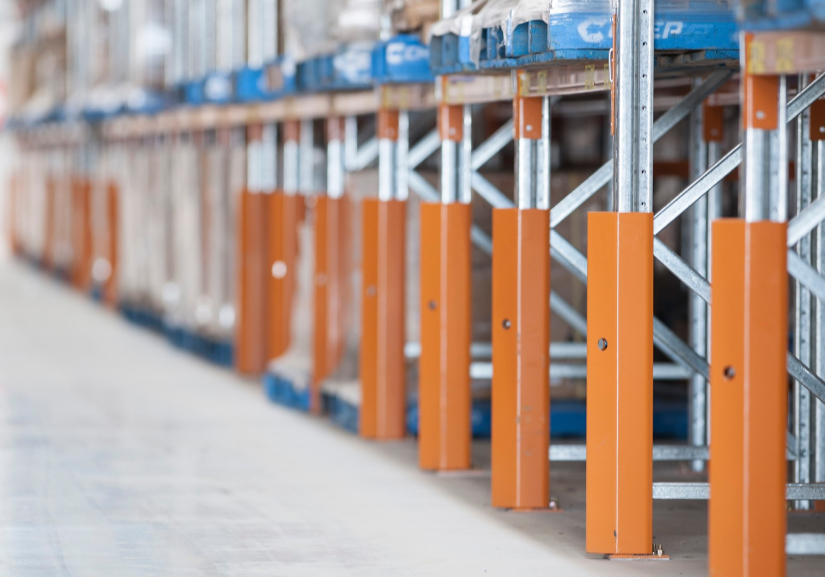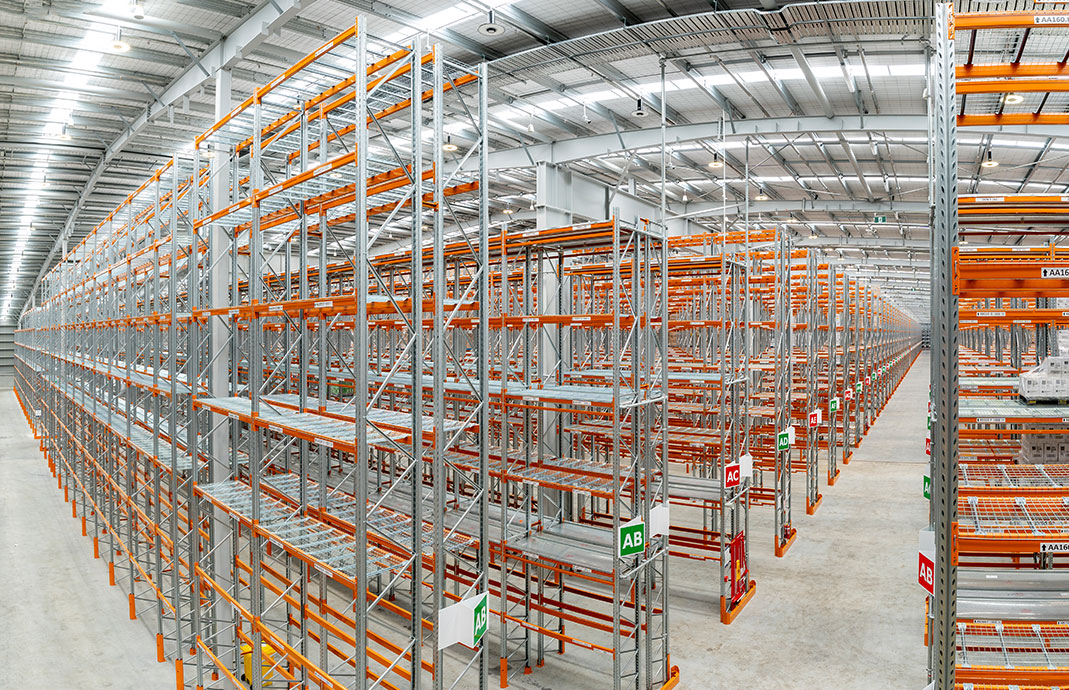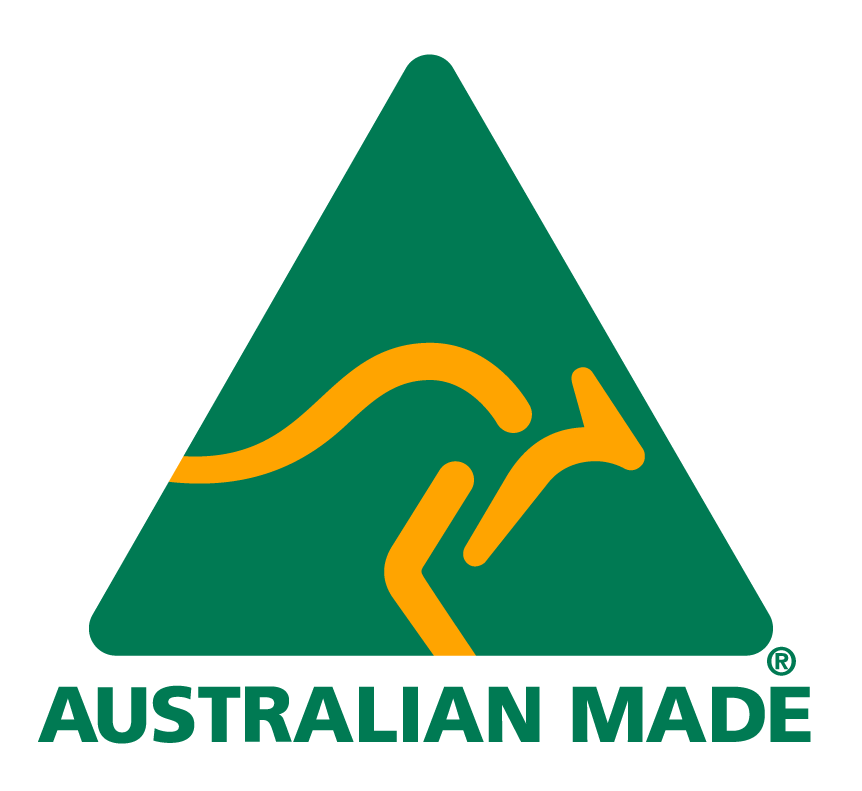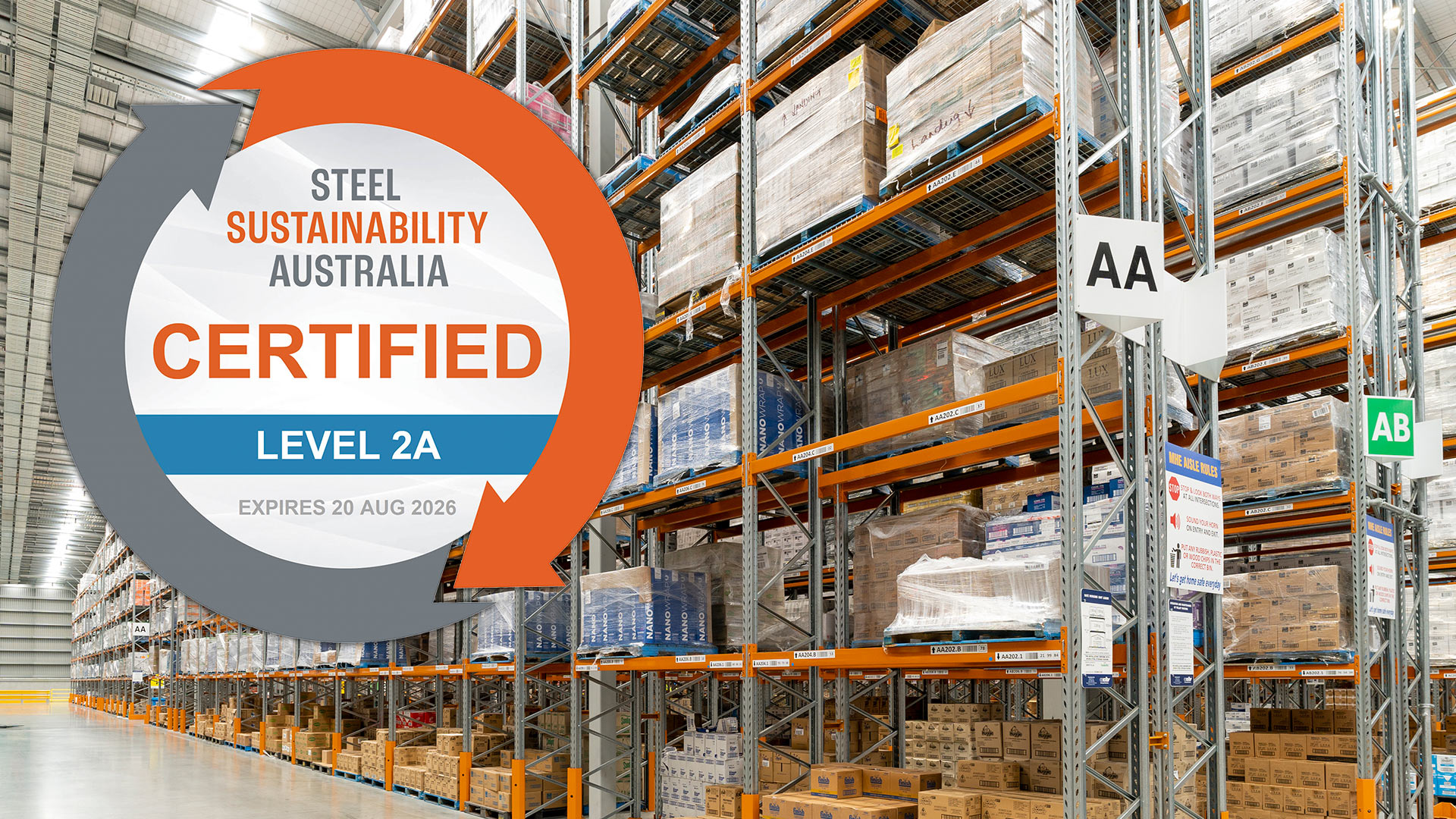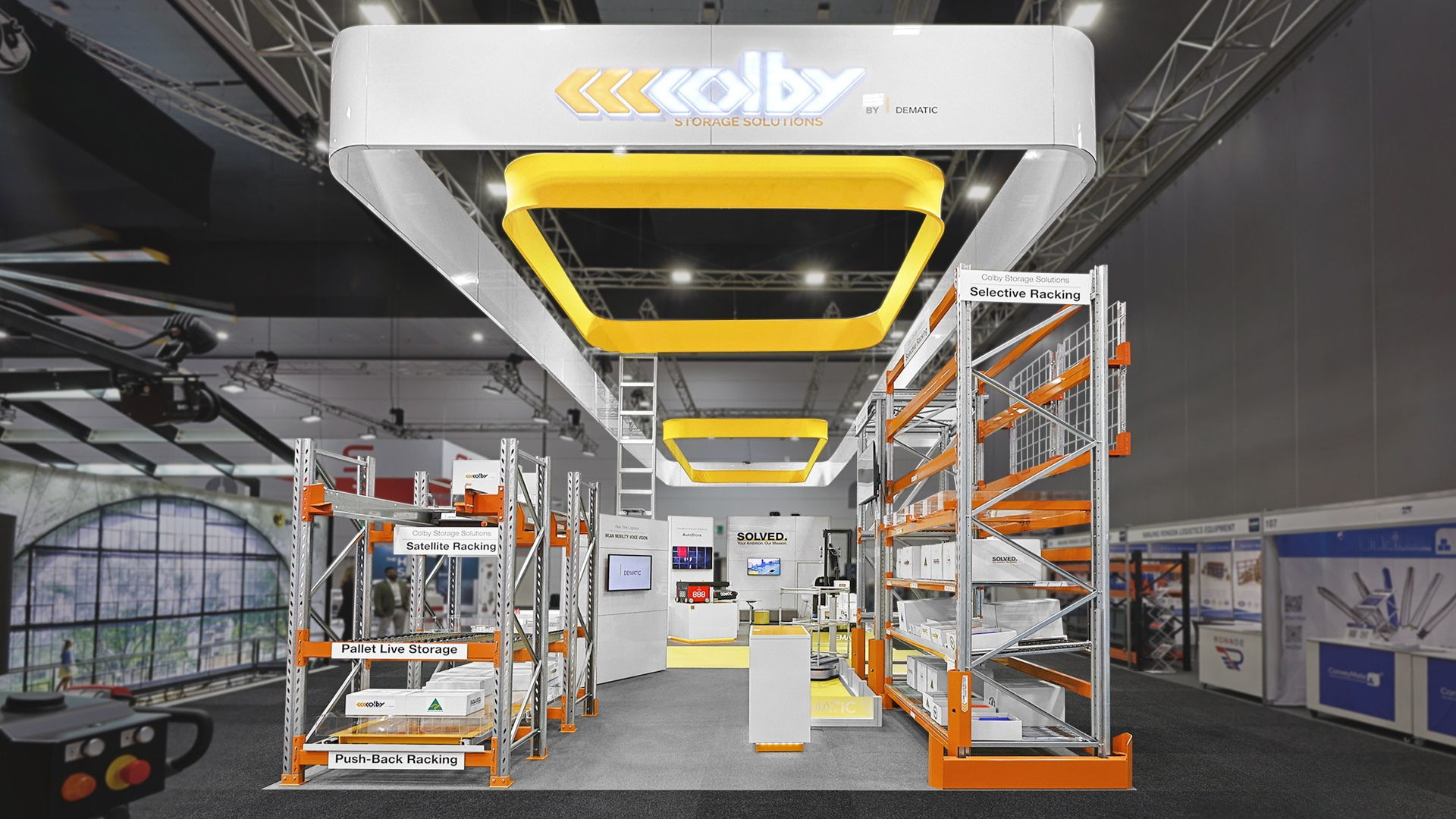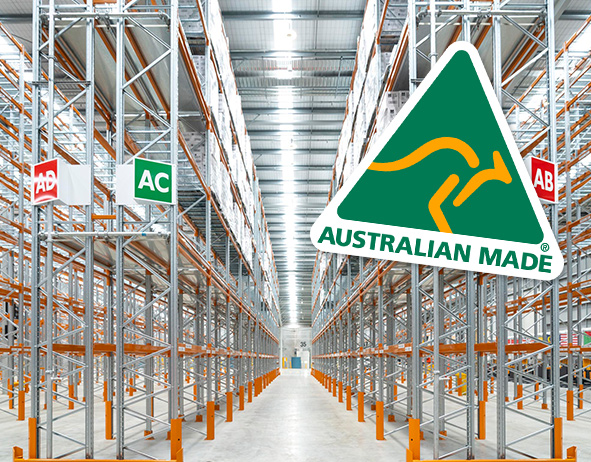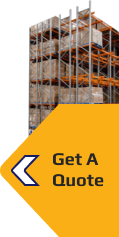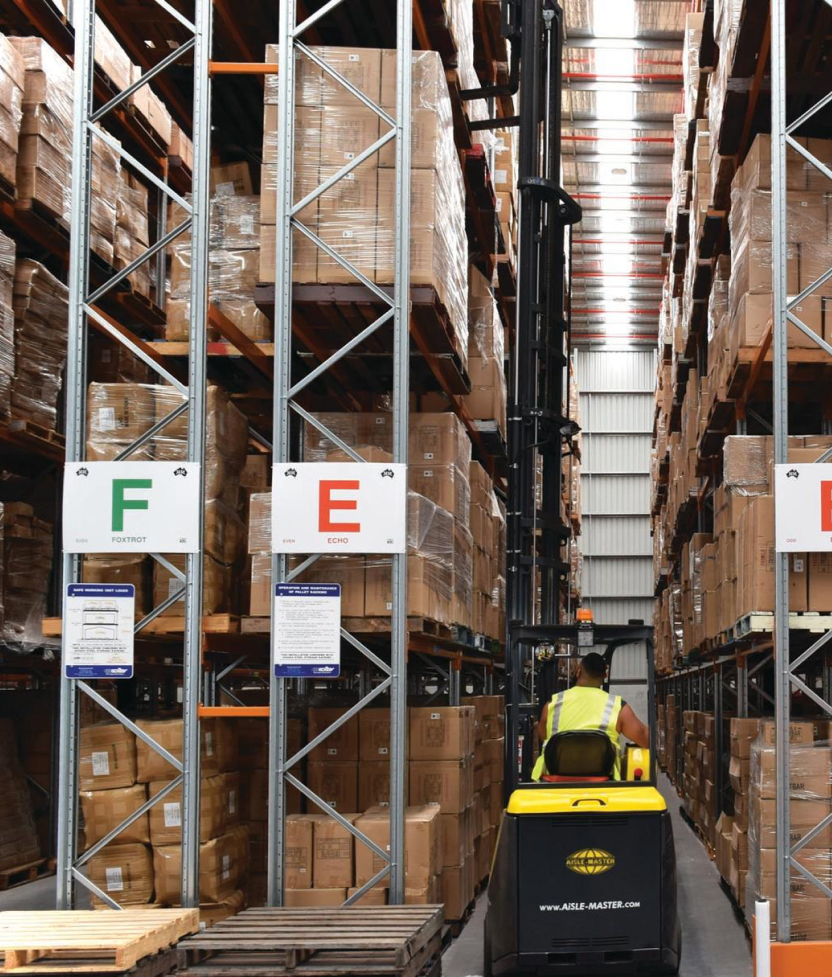Engineered for impact
Forklift impacts are inevitable, particularly in fast-paced environments using temporary or inexperienced drivers. Whether it’s baseplates being knocked by pallet push-ins or rear flanges suffering from repeated contact, all racking takes a beating. However, not all racking survives it. Racking made from larger uprights with thicker steel and with engineered protection accessories is better able to take the hits and continue to perform.
A well-designed racking system will offer an extensive range of protection options for critical impact zones, including rear flange protectors and heavy-duty guard rails to upright protection available up to 4 mm thick. For example, a major Australian grocery retailer has standardised on 800 mm high upright protection paired with heavy-duty double-u (UU) impact beams on the lower levels, delivering best-in-class robustness where it’s needed most. These beams are specifically engineered to absorb repeated forklift impacts without permanent deformation and loss of structural integrity, ensuring that even in the busiest aisles, operations keep moving.
In fact, many auditors can spot the difference the moment they walk into a warehouse. While some racking systems show signs of wear like splices, rust, and makeshift repairs, higher-quality installations often display little more than a few superficial dents, highlighting their superior strength and durability.
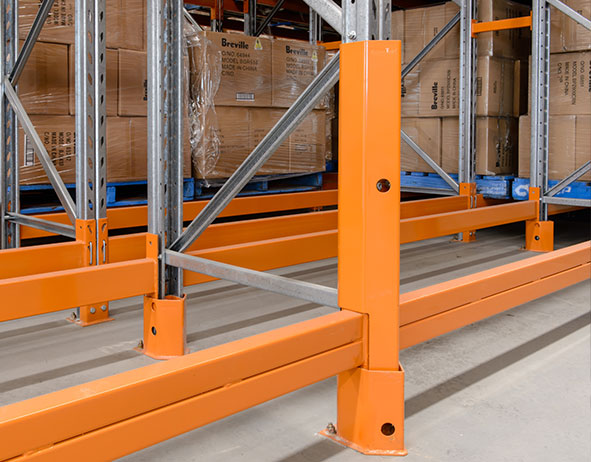
Faster, safer installation
Warehouses should opt for racking that’s easy to install and reconfigure, thanks to consistent, precision-driven design. In some systems, core components such as uprights have remained unchanged for decades, retaining standard pitch measurements and slot profiles that make parts compatible with racking installed as far back as the 1980s.
By contrast, other systems frequently alter their profiles and pitch patterns, making it difficult to source compatible parts for repairs or expansions over time. With a stable design, businesses gain peace of mind knowing future changes won’t require a complete system overhaul.
High-quality racking solutions also use quality high tensile fasteners and tight-fitting beams that draw uprights into place for a snug, secure fit. Robust locking mechanisms that require a tool for removal help reduce safety risks. Installers often report that these systems assemble cleanly and efficiently, avoiding the misalignment issues common in lighter, less precise alternatives.
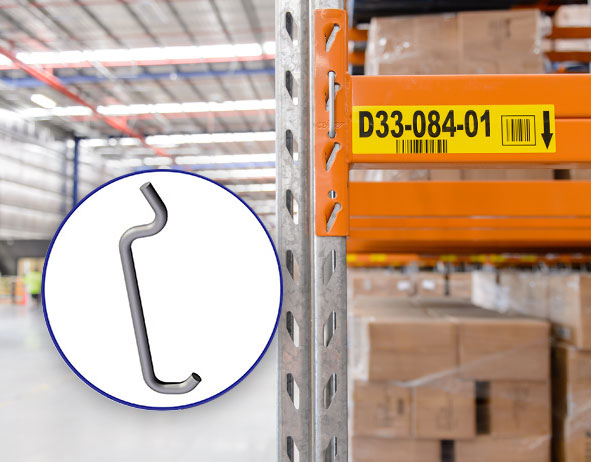
The hidden costs of cheaper imports
Many businesses tempted by cheaper racks end up spending more in the long run. In one case, a major beverage company chose a lower-cost racking option for a warehouse expansion, but extensive damage within 12 months forced them to switch to Colby for future stages of the project. In another example, a 3PL saw its annual rack repair costs drop from $100,000 to $20,000 after transitioning to a more durable system from Colby.
Cheaper systems may claim compliance, but many fall short when the details are scrutinised. In an industry where regulation isn’t always enforced, it’s not uncommon to see non-compliant installations or corner cutting. Some rack signage even omits key structural load requirements. By contrast, well-engineered racking systems are those built to comply with the latest Australian Standards (AS 4084-2023) and are designed for long-term performance and peace of mind.
Designed to endure and evolve
When it comes to long-term performance, compliance, and sustainability, Colby offers a distinctly higher standard. Manufactured by Dematic in Sydney using premium Australian Bluescope steel, ColbyRACK supports local industry while setting the standard for strength, safety, and durability. Unlike many imported systems that often rely on thinner, lower-grade materials, Colby is built from the ground up with long-term performance in mind. While others change tooling and design every few years, Colby’s consistent profile allows customers to expand, reconfigure, or replace components without needing to start from scratch.
This matters for businesses that grow, consolidate, or change operations, like 3PLs, food processors, and retailers with evolving footprints. The ability to confidently reuse racking not only cuts costs but also reduces waste and supports sustainability goals.
ColbySURE, the proprietary design software, also enables smarter warehouse layouts and futureproofing. With backend data to support lifecycle analysis and operational performance, it offers clients unmatched visibility into how their racking will perform years or even decades down the track.
Sustainability is now a major factor in procurement. Colby’s racks are manufactured in Australia, reducing shipping emissions and ensuring quality control. Unlike powder-coated frames that fade and rust, Colby’s galvanised steel finish holds up over time, even in harsh environments like cool rooms and freezers. That long-lasting durability also translates to superior resale value. Colby racks more than 30 years old are still in active use and commonly sold second-hand, often in excellent condition.
Future-proof your investment
In today’s economy, price remains a key factor, but so does long-term value. Higher-quality racking systems may come with a slightly higher upfront cost, but the investment pays off through faster installation, reduced maintenance, greater compatibility, and higher resale value. When the full system lifecycle is considered, the return on investment becomes clear.
In warehouse environments where impacts are inevitable and operations evolve resilience and flexibility are non-negotiable. Choosing a system that’s built to last, with a consistent design, strong local manufacturing credentials, and a proven track record, can deliver peace of mind for years to come.
- The article was originally published on 27 October 2025


 1800 984 873
1800 984 873 